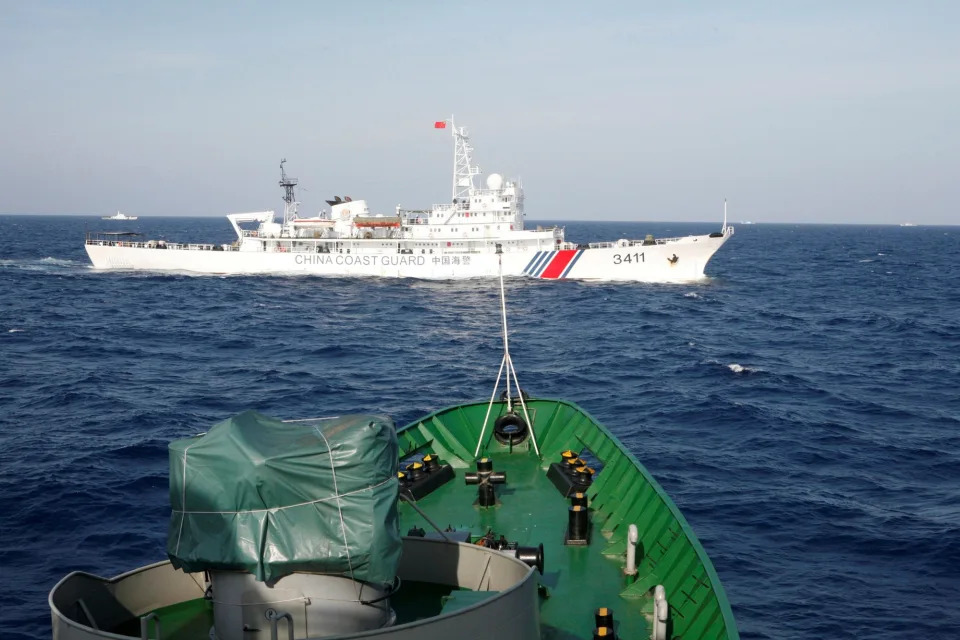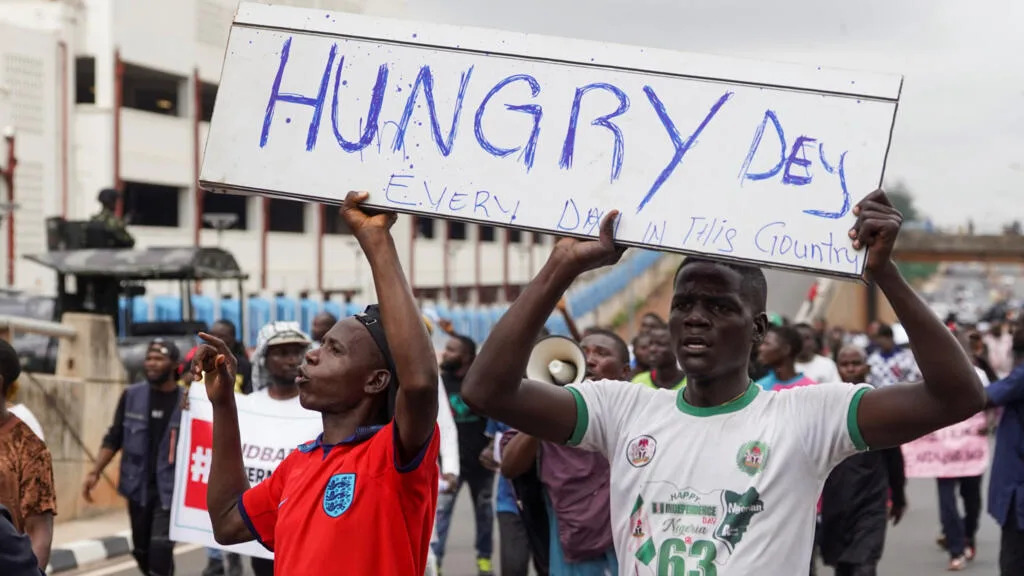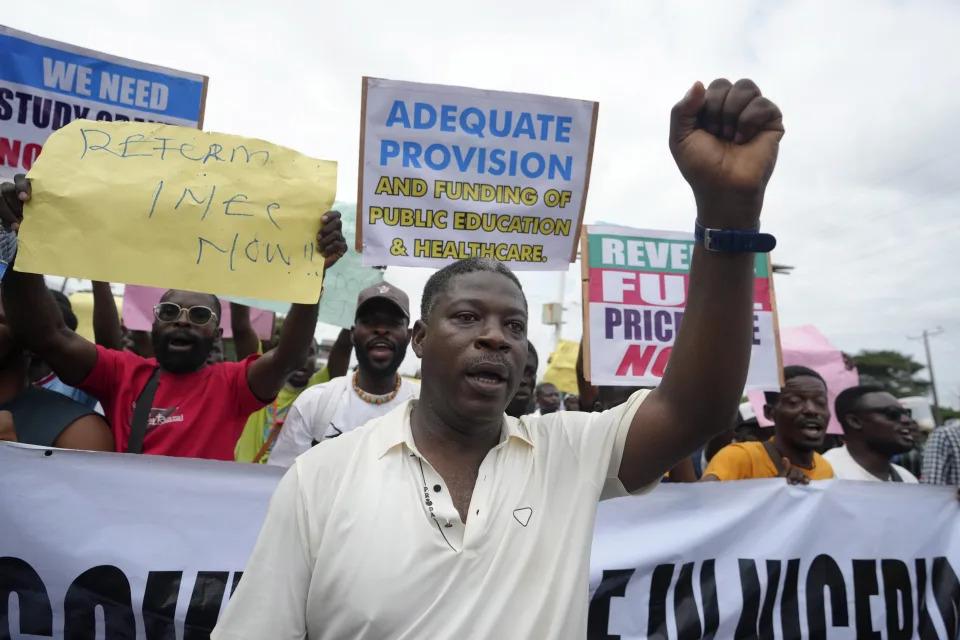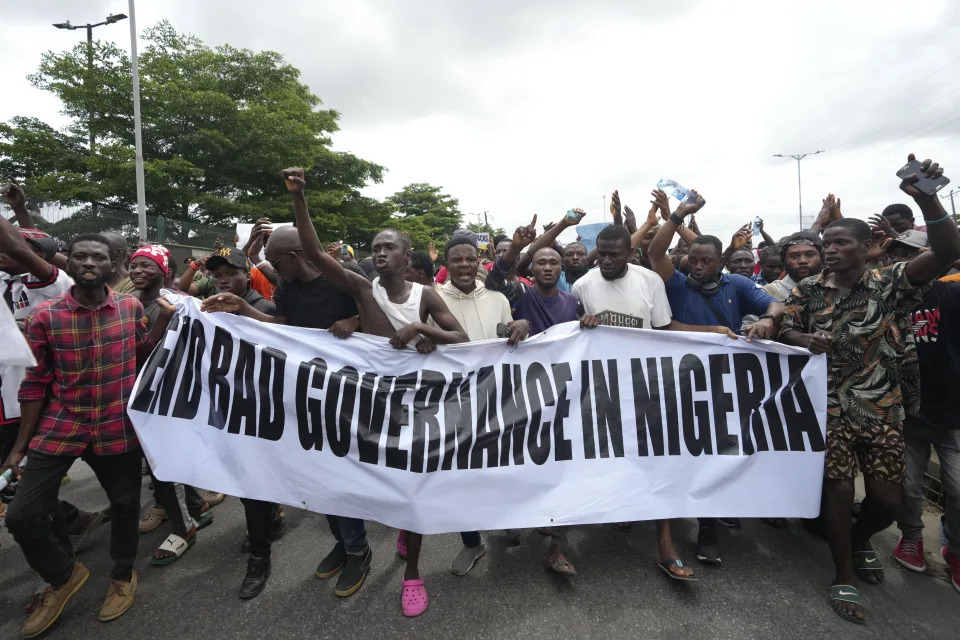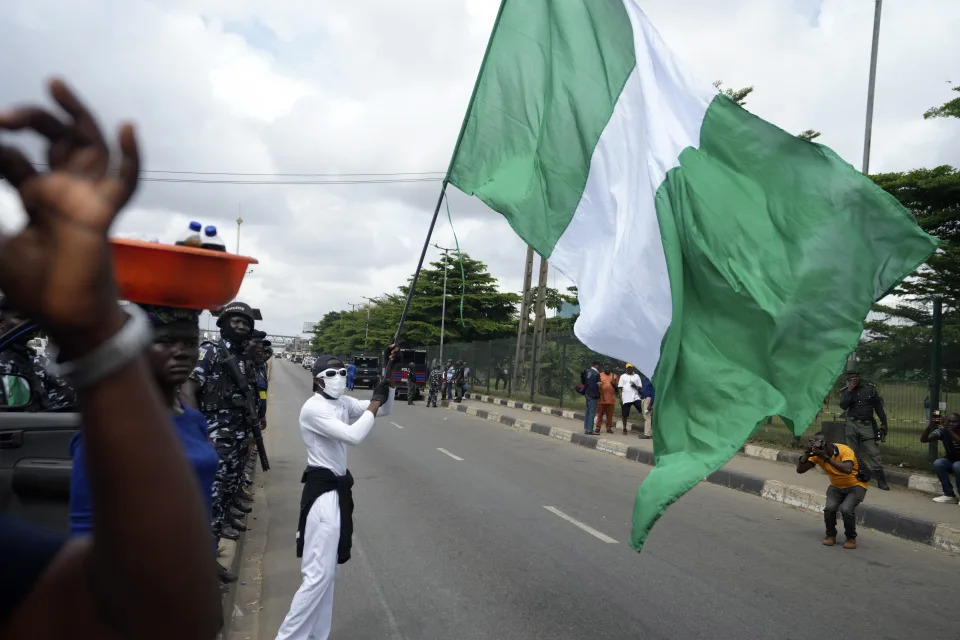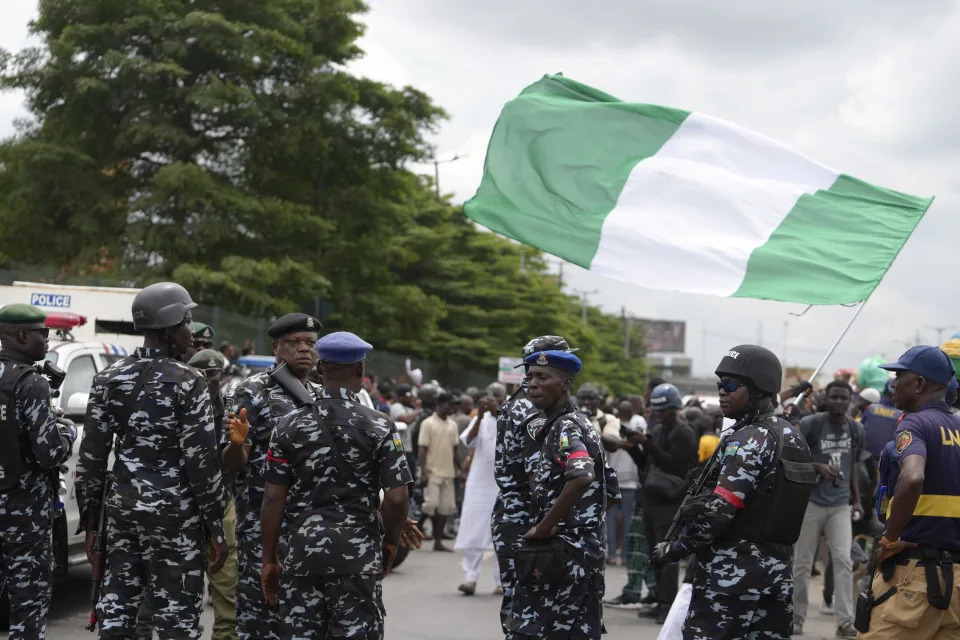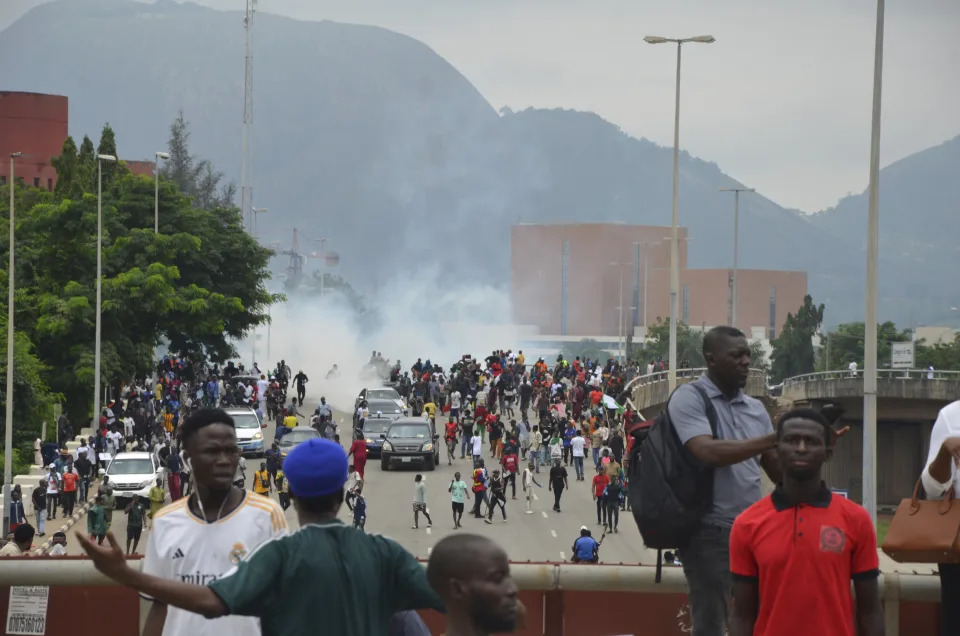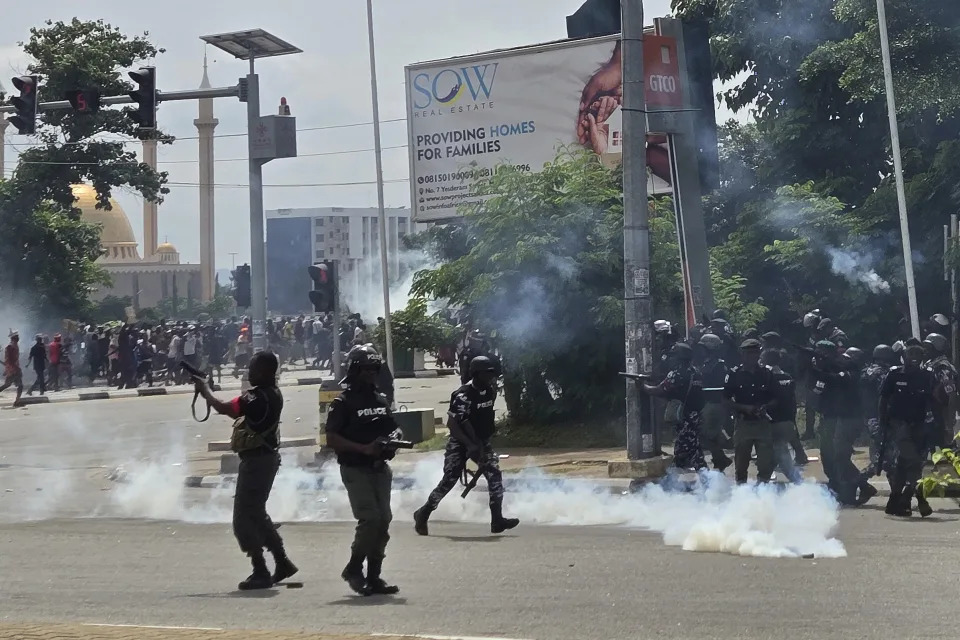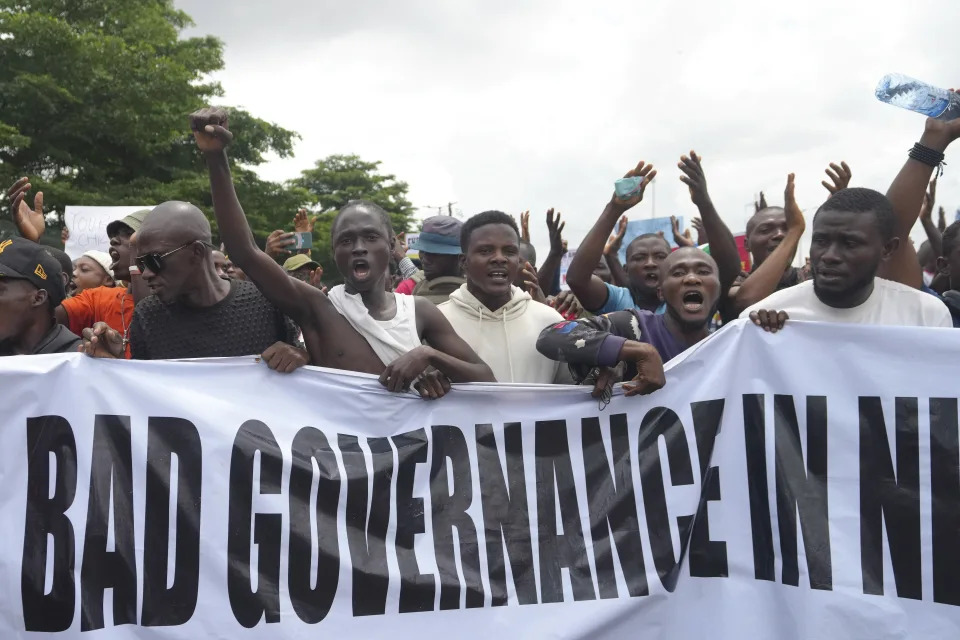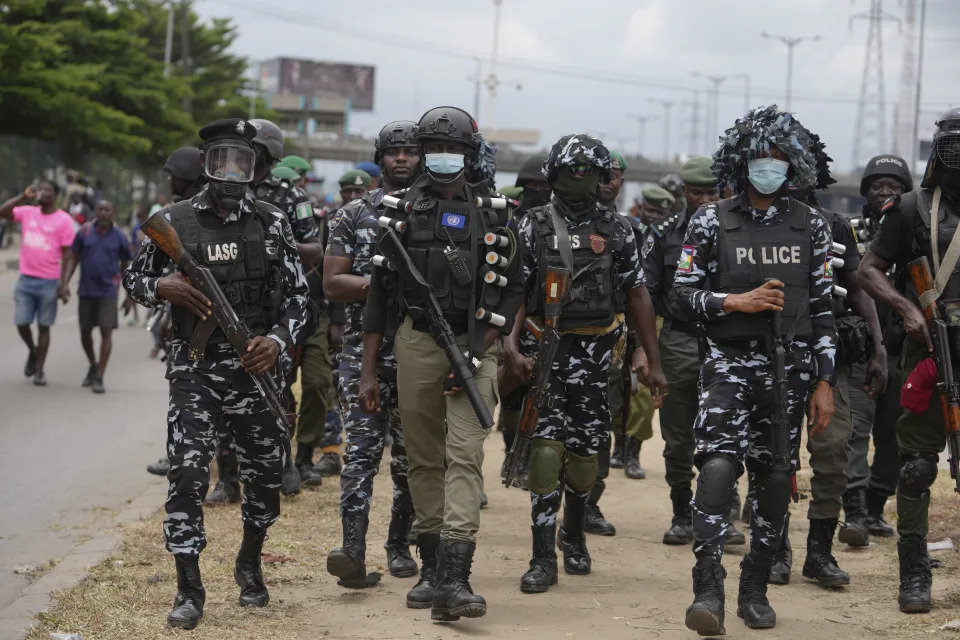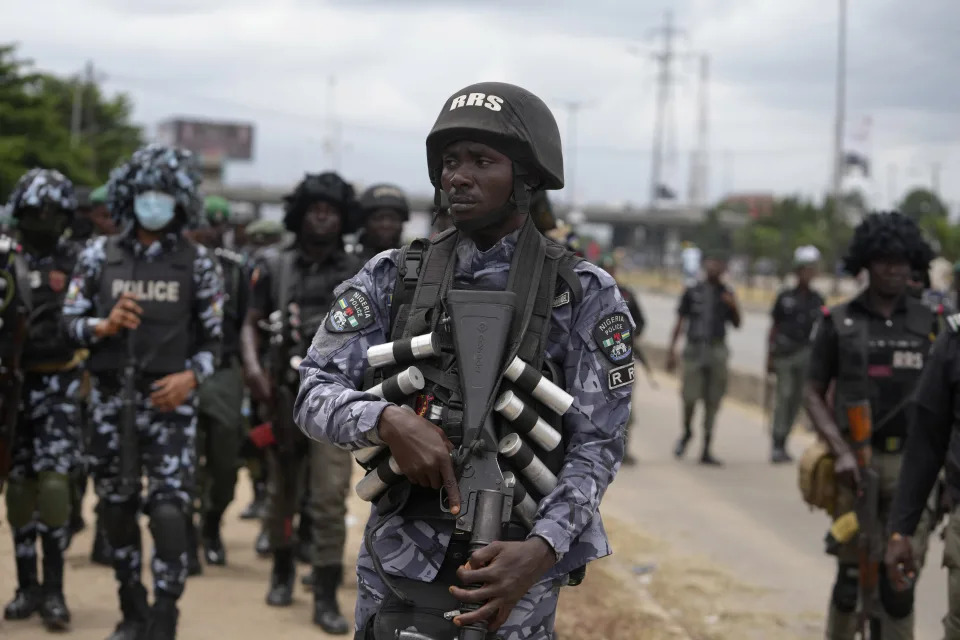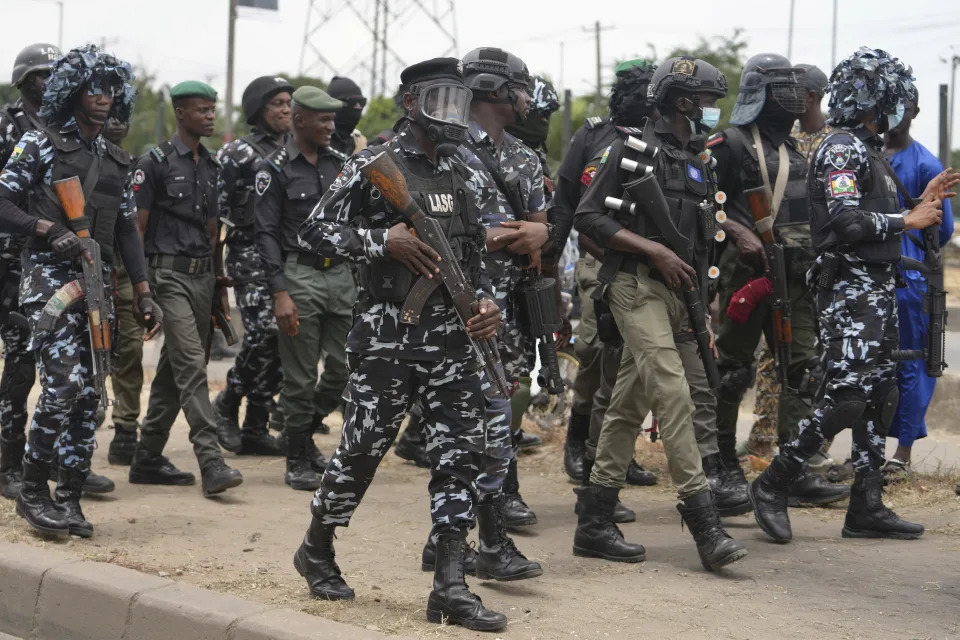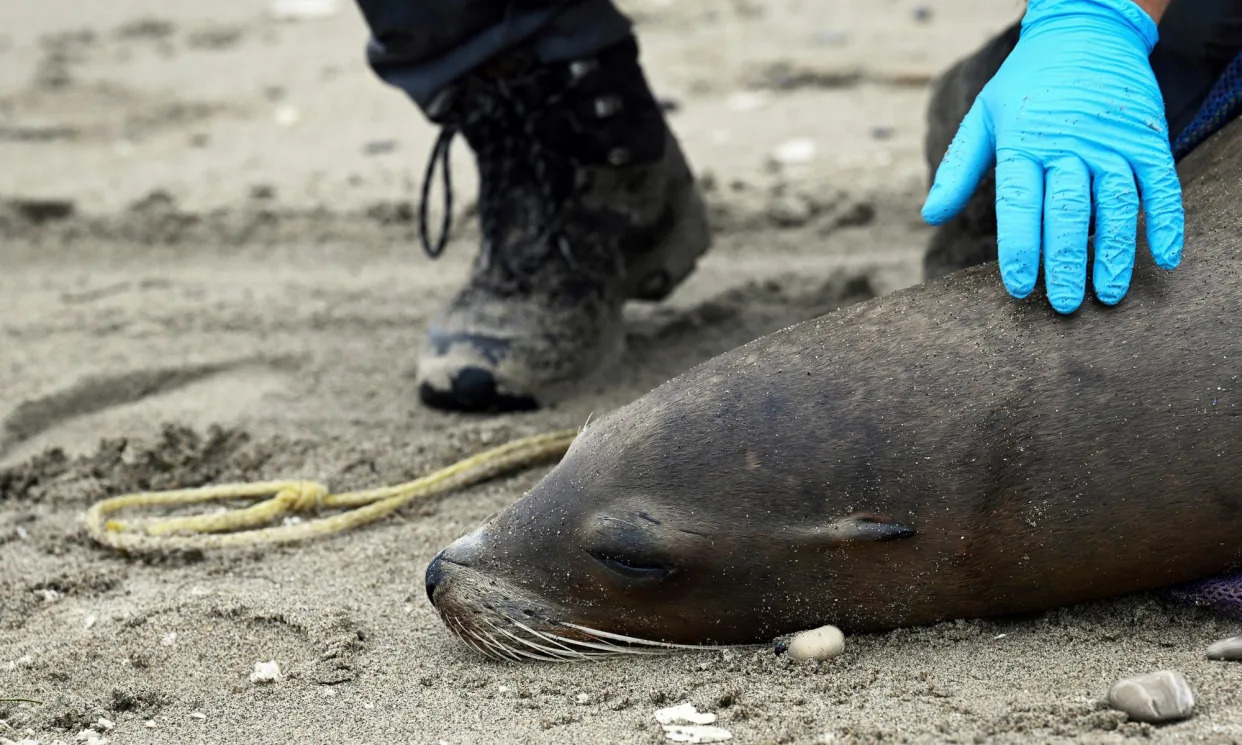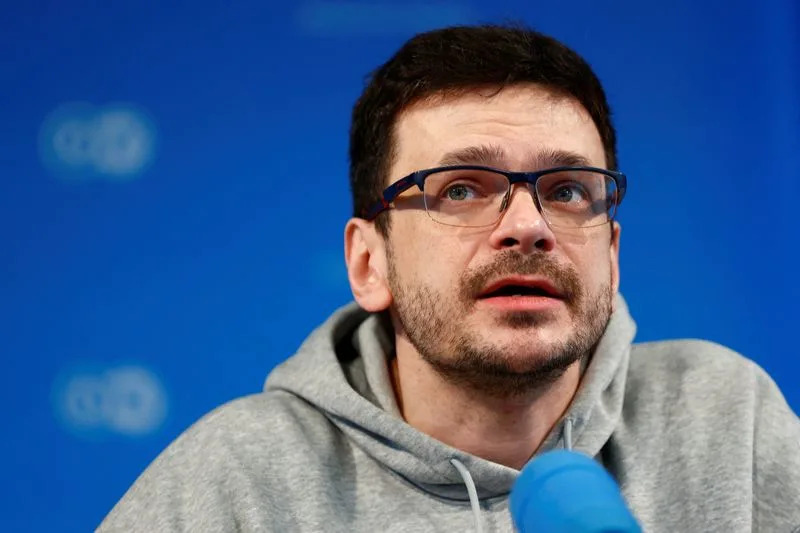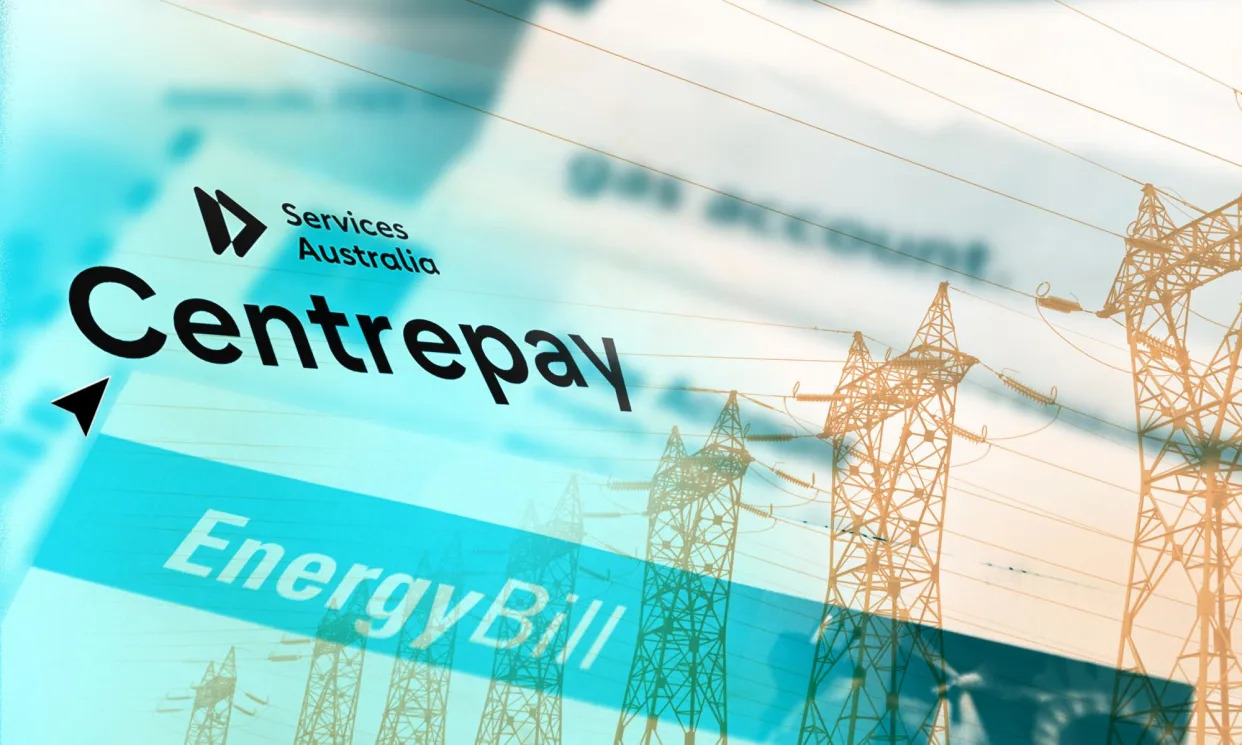Stephanie Becker, CNN
Fri, August 2, 2024
A convicted murderer who has been on California’s death row for 33 years must either be released or retried after a federal judge on Thursday approved the state attorney general’s request to do so because of prosecutorial misconduct in jury selection decades ago.
The judge’s ruling, at the request of California Attorney General Rob Bonta, gives the Alameda County prosecutor’s office 60 days to retry 71-year-old Curtis Lee Ervin or let him go free. Ervin was found guilty of a 1986 murder-for-hire.
It is the latest development in the ongoing review of dozens of death penalty cases that current Alameda County District Attorney Pamela Price says shows prosecutors deliberately excluded Black and Jewish prospective jurors. Price told CNN it is a practice that started in the 1980s and ran through the early 2000s.
On Friday Price’s office told CNN in an email there was no information on plans on how to proceed with Ervin’s case. Bonta conceded the Alameda prosecutors in the Ervin case illegally excluded Black jurors. Alameda County now must make a decision by September 30.
In 1991 jurors found Ervin guilty of murder in the death of Carlene McDonald, the 43-year-old ex-wife of Ervin’s co-defendant, Robert McDonald. McDonald was also found guilty and died in prison. CNN has attempted to reach out to family members of the victim.
Ervin’s lawyer, Pamala Sayasane, said her client is “overjoyed and in disbelief. He’s been incarcerated for 38 years. He’s grateful to everyone who helped him. I’m in a daze, as is my client.”
Sayasane said the state attorney general’s concession “is rarely made. It’s a big thing and it’s going to have ramifications for others on death row.”
CNN has reached out to Bonta’s office for comment.

In a still picture taken from a video, Alameda County District Attorney Pamela Price speaks during a press conference on June 26 in Oakland, California, about review of dozens of death penalty cases. - KGO
Sayasane told CNN all six potential Black women were excused from serving on the jury. Three male Black potential jurors were excused, although one Black male was seated and another was an alternate, Sayasane said. Excluding potential jurors based on sex, race or ethnicity is a violation of the 14th Amendment’s Equal Protection Clause. These are known as Batson violations.
Last year Price initiated an investigation into potential prosecutorial misconduct during jury selection in the case of Ernest Dykes, who was found guilty in 1993 of shooting a 9-year-old. Last month, she announced plans for the resentencing of Dykes and one other death row inmate for Batson violations. She also suggested some of the death penalty prosecutors may have acted criminally.
In her interview with CNN, Price said a current prosecution team uncovered boxes with notes showing previous deputy district attorneys had intentionally excluded Black and Jewish jurors.
“The markings by the prosecutor next to the names of Black jurors were affirmative evidence of the prosecution’s fixation with the jurors’ race,” said Brian Pomerantz, an attorney who is lead counsel for three of the cases being reviewed and is involved in the settlement of dozens of the other cases.
“All of these people deserve to have either a new trial or a resolution of their current case that rectifies the injustice … of the unconstitutional trials that they had,” Pomerantz said.
Prosecuting a crime again almost four decades old “would be almost impossible to retry,” according to defense attorney Linda Kenney Baden, whose high-profile clients have included Phil Spector, Casey Anthony and Aaron Hernandez.
“Witnesses have died so you’d have to rely on transcripts,” which she said is “tough for a jury to sit through.” Baden said another difficulty is “new prosecutors don’t want to sully their reputation” by losing a controversial case.
In April the Alameda County DA’s office shared some of the notes written during jury selection by prosecutors in the Dykes case. Those notes showed a bias against potential Jewish and Black jurors, according to the DA’s office.
CNN previously shared images of the notes and others given to CNN by Pomerantz. “Must go” was written next to the name of a Black man; another juror had the word “Jewish” underlined on their questionnaire. Farther down, a handwritten note reads: “I liked him better than any other Jew. But no way.” Dykes will be resentenced on August 13 and is expected to be released early next year after decades in prison.
Price, who took office as the county district attorney last year and is currently facing a recall, has said she believes racial profiling of jurors was potentially widespread and well-known in the department under her predecessors. Studies have also found patterns of racial bias in jury selection from California and Washington to Connecticut and New York, as well as the Deep South.
Price has said her office is engaged in settlement negotiations between lawyers representing inmates on death row whose cases are under review and the California Attorney General’s Office.


